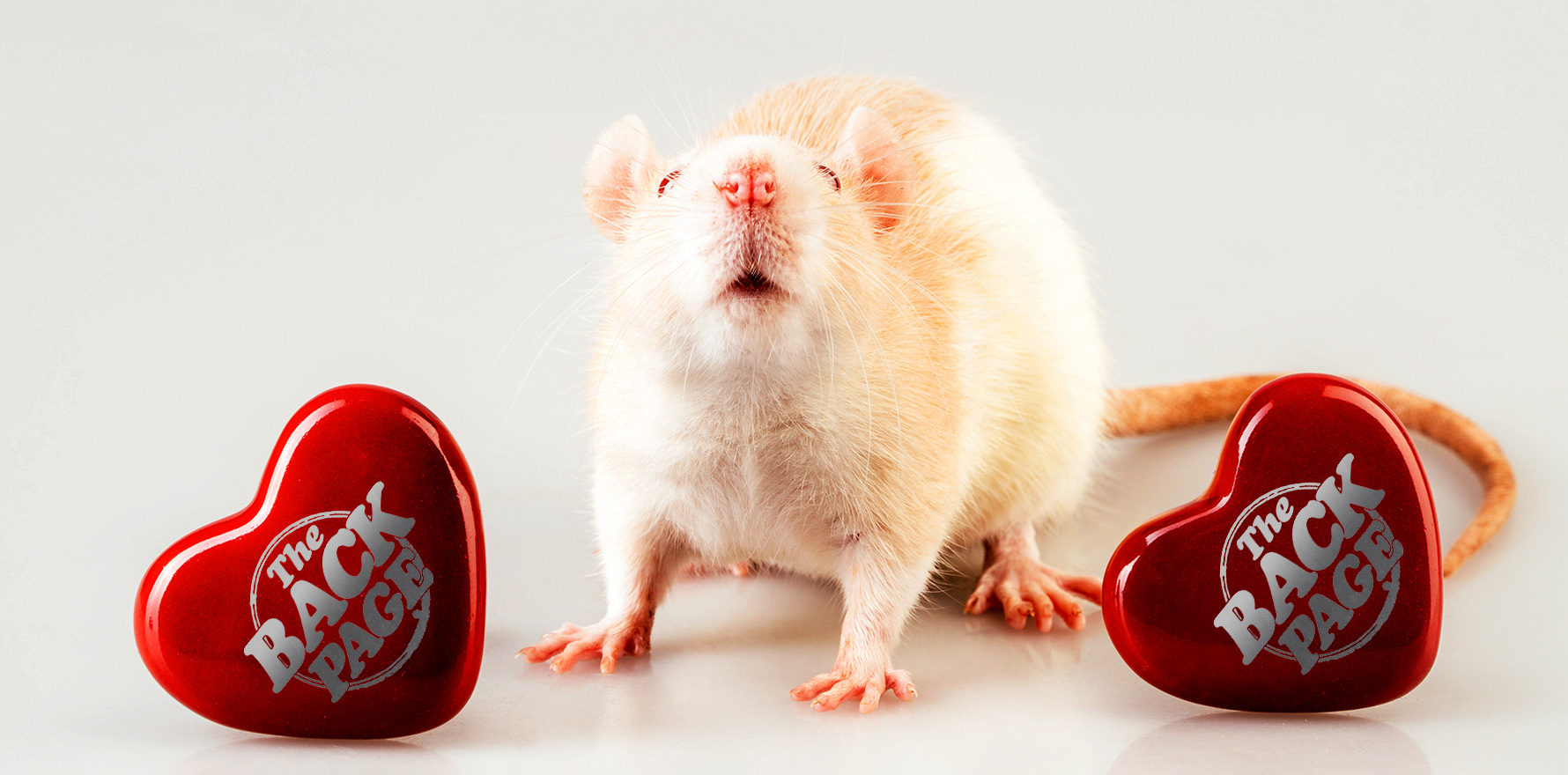Ever feel a slave to your libido? That’s your little rodent brain talking, right there.
I am old enough for the following words, spoken by the late, great Barry White at the start of his … *ahem* … seminal hit, Can’t get enough of your love, babe, to reduce me to a puddle:
“I’ve heard people say that too much of anything is not good for you, baby, but I don’t know about that … There’s many times that we’ve loved, and shared love and made love … it doesn’t seem to me like it’s enough, it’s just not enough.”
He was a cunning old fox, was Barry. His big hits all started the same way. That dark, deep voice whispering sweet nothings before cranking up the disco beat. Go on, open Spotify, look ’em up. You’re the first, the last, my everything … And I challenge you to survive the first minute of Never, never gonna give you up without a lift in heart rate.
It’s involuntary, people. And maybe it’s not Barry White for you. Maybe it’s Prince, or Aretha, or Johnny Mathis, or Tony Bennett or Beyonce, or Etta James. Whatever, the point is it tickles that little bit of your brain that turns on your turn-on switch.
Where are you going with all this over-sharing, Cate? I hear you cry.
I’m going where I always go when given free rein over this Back Page, readers.
Mice. I’m going to mice.
Stanford University researchers have set out to find the centre of all things lusty in the brain, and naturally they’ve turned to our furry scientific partners in crime for the answers. In this case sweet little virgin male mice.
Nirao Shah, Stanford professor of psychiatry and neurobiology and the senior author of the study published in Cell, and his colleagues found, buried in mice brains just above the roof of the mouth, tiny neural connections that are tasked with processing information from the outside world.
They tell a male mouse whether another mouse is female and feeling flirty. If the answer is yes, this good news is relayed to an adjacent set of brain cells, located on the same circuit, which releases a small protein, called Substance P.
Substance P binds to receptors in Mr Mouse’s preoptic hypothalamus which makes them increasingly active. Substance P is, in other words, the Barry White of mouse sex.
“It tells them that this is a potential mate, and ‘you can now start thinking about starting to mate with them’,” said Professor Shah.
Normally, it turns out, male mice are slow to warm up, taking 10 to 15 minutes before … *ahem* … mounting. Afterwards, they take a five-day break before regaining interest.
But when Substance Barry White was infused directly into mice brains, the animals got going straight away. They even made the moves on lab equipment, namely plastic tubes adorned with toy mouse tails.
Lovely.
And what does all this do for human healthcare, I again hear you cry.
According to the authors the findings could lead to human drugs that regulate these circuits. They would be quite different from existing drugs, like Viagra, that enhance blood flow to counter erectile dysfunction. Instead, they would act like rheostats, inhibiting the urge in men with hypersexual libidos or boosting it in those who lack lust.
For the findings to have biomedical usefulness, he said, Substance Barry White must first be found in similar neurons in humans.
“Now we know where to look for it,” he said, “and what to look for.”
Crank up the stereo first, Professor Shah. Give yourself a head start.
Send stories of murine romance to penny@medicalrepublic.com.au.


